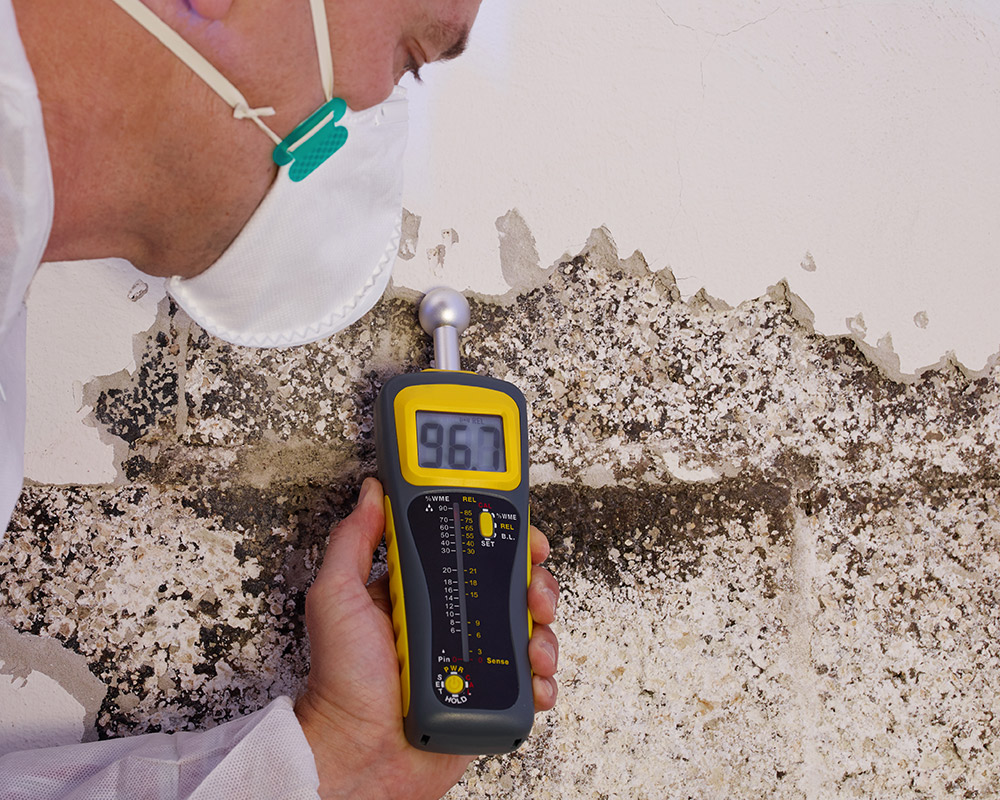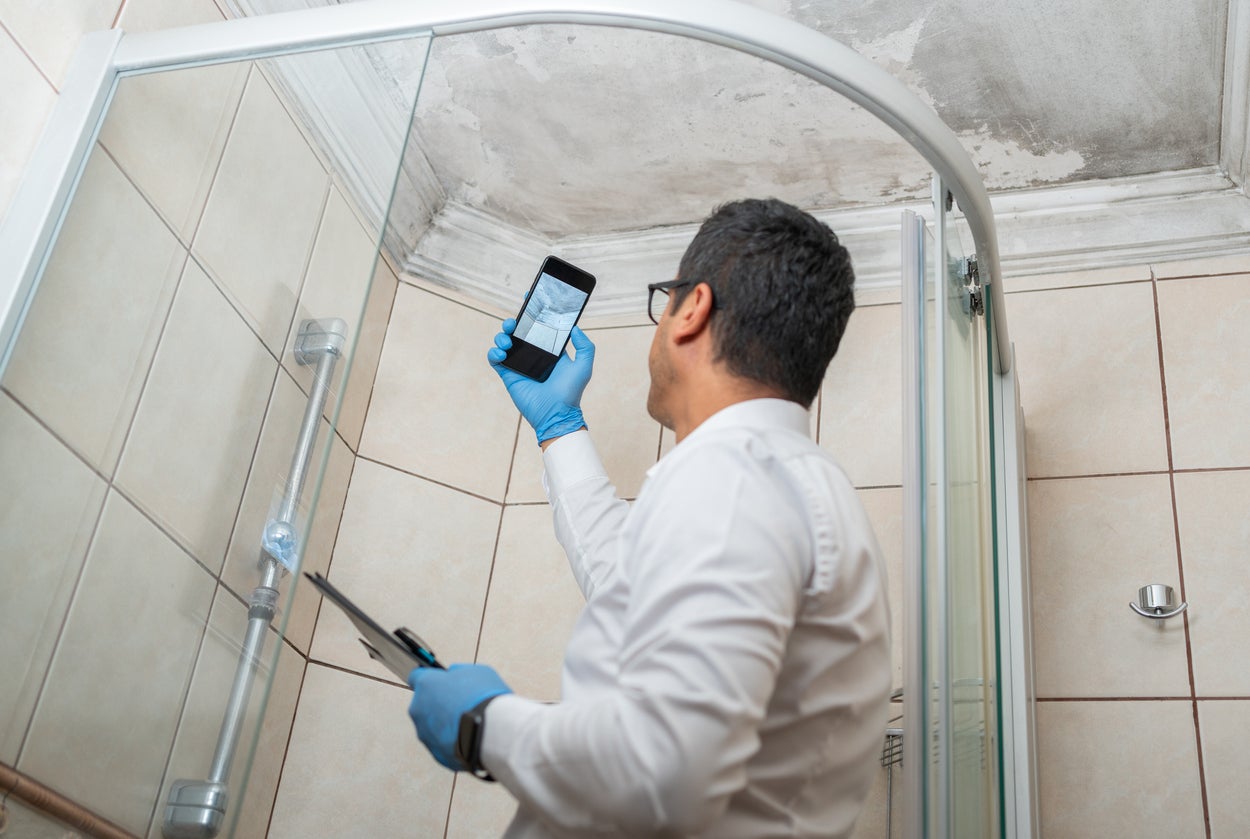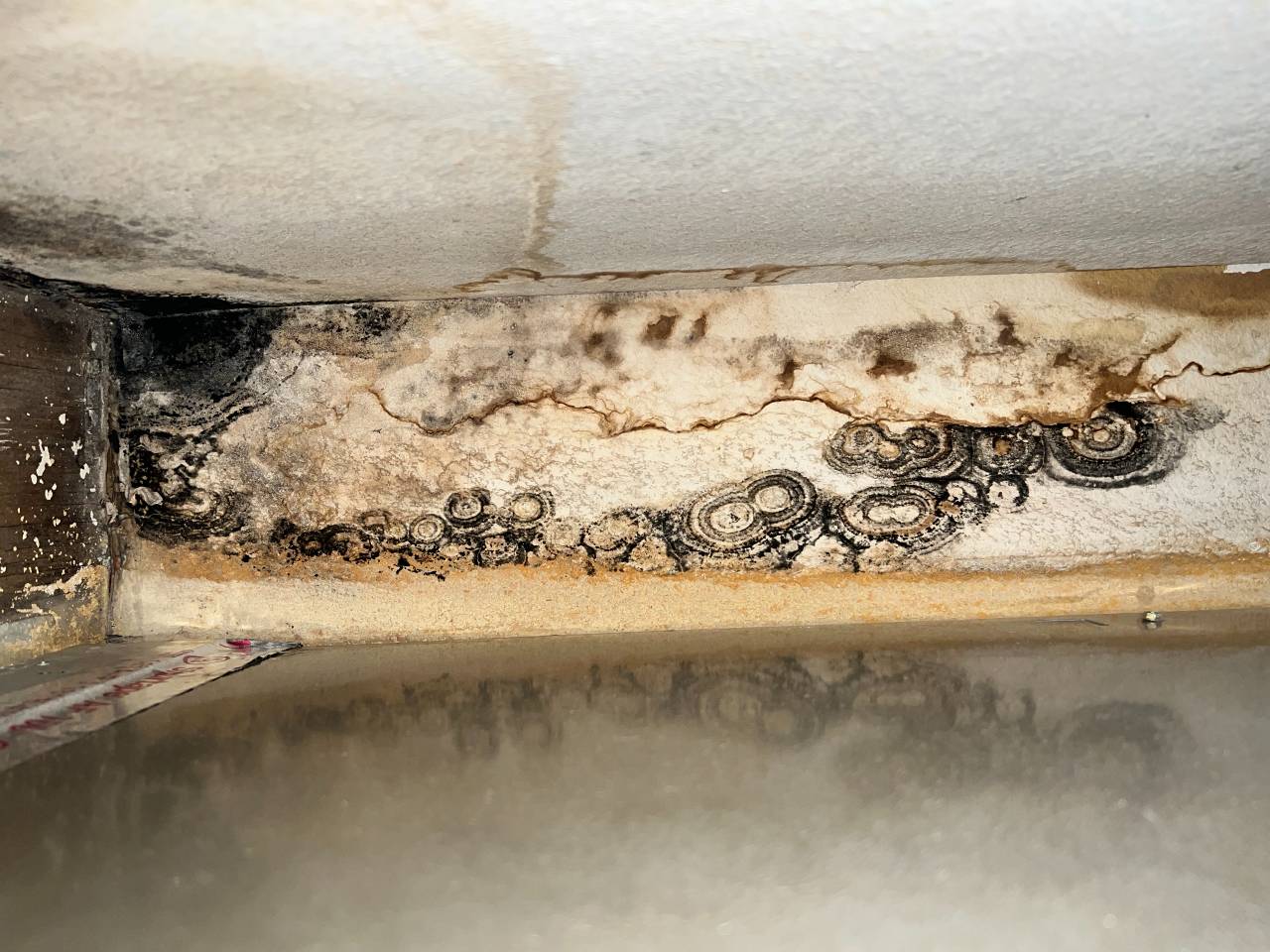Crafting a Detailed Post Mold Remediation Report
Crafting a Detailed Post Mold Remediation Report
Blog Article
Your Ultimate Overview to Blog Post Mold Remediation Strategies
Navigating the world of post-mold remediation techniques is a thorough procedure that demands attention to information and a thorough understanding of the complexities included. In the consequences of mold invasion, knowing how to properly eliminate the mold and avoid its reoccurrence is paramount for preserving a healthy and balanced indoor atmosphere. From picking the right cleaning and decontaminating approaches to implementing approaches for long-term mold avoidance, each action in the removal trip plays a critical function in making certain a successful end result. As we get started on this expedition of post-mold removal methods, we will reveal the key strategies and ideal practices that can help you restore your room to its pre-mold condition and secure it against future mold risks.
Recognizing Post-Mold Removal Process
After completing the mold removal procedure, it is crucial to recognize the post-mold remediation strategies that are necessary to ensure a detailed and reliable cleanup. Once the mold has been removed, the next step entails cleaning and decontaminating the affected locations to stop any kind of regrowth of mold. This consists of making use of specialized cleansing agents to clean down surface areas and kill any continuing to be mold spores. It is necessary to dry the area totally to discourage the development of mold in the future (testing air quality after mold remediation). Appropriate ventilation and dehumidification can assist in this process.
Additionally, performing a final assessment post-remediation is vital to make sure that all mold has actually been efficiently eradicated. This inspection should entail a complete aesthetic check along with possibly air sampling to verify the lack of mold and mildew spores in the air. If the assessment exposes any lingering mold, extra removal might be required. Last but not least, informing owners on safety nets such as controlling dampness levels and without delay resolving any water leaks can aid preserve a mold-free setting.
Effective Cleaning and Sanitizing Techniques

Preventing Future Mold And Mildew Development

Relevance of Proper Air Flow
Appropriate air flow plays a critical duty in avoiding wetness buildup, an essential consider mold development within indoor settings. Reliable ventilation systems aid remove excess humidity from the air, decreasing the possibilities of mold and mildew spores locating the dampness they need to sprout and spread. Without ample air flow, why not check here indoor spaces can become a breeding place for mold and mildew, causing possible wellness dangers and structural damages.
By guaranteeing appropriate air circulation, air flow systems can additionally assist in drying out wet locations faster after water damage or flooding cases, better hindering mold development. Post Mold Remediation. Precede like restrooms, kitchen areas, attic rooms, and cellars where wetness degrees have a tendency to be greater, mounting and keeping efficient air flow systems is critical in protecting against mold problems

Tracking and Maintenance Tips
Provided the vital role that proper ventilation plays in stopping mold development, it is vital to develop reliable surveillance and upkeep pointers to make sure the continued capability of air flow systems. Normal inspections of air flow systems should be conducted to look for any kind of indications of obstructions, leaks, or breakdowns that might impede appropriate airflow. Monitoring moisture levels within the home is likewise essential, as high moisture can add to mold and mildew development. Mounting a hygrometer can help track moisture degrees and alert homeowners to any type of spikes that may call for attention. Additionally, making certain that air filters are on a regular basis cleaned or replaced is essential for preserving the performance of the air flow system. Executing a routine for regular upkeep jobs, such as duct cleaning and a/c system evaluations, can assist prevent concerns prior to they rise. By staying alert and aggressive to the condition of ventilation systems, homeowner can effectively mitigate the threat of mold and mildew regrowth and preserve a healthy interior setting.
Conclusion
To conclude, post-mold removal methods are crucial for making sure a tidy and risk-free setting. Recognizing the process, applying reliable cleaning and sanitizing approaches, avoiding future mold growth, preserving appropriate click for source air flow, and routine surveillance are all important action in the remediation process. By adhering to these guidelines, you can successfully eliminate mold and prevent its return, working or promoting a healthy living space for all residents.
In the consequences of mold problem, knowing how to effectively get rid of the mold and avoid its reoccurrence is extremely important for keeping a healthy indoor environment. When the mold has actually been gotten rid of, the next action entails cleansing and decontaminating the impacted areas to protect against any type of regrowth of mold - After mold remediation. After removing visible mold development, it is essential to cleanse all surfaces in the affected area to eliminate any type of remaining mold and mildew spores. To better improve mold and mildew prevention measures, it is necessary to deal with underlying concerns that originally led to mold and mildew growth.Provided the vital function that correct ventilation plays in stopping mold development, it is vital to develop efficient surveillance and maintenance tips to guarantee the continued performance of ventilation systems
Report this page